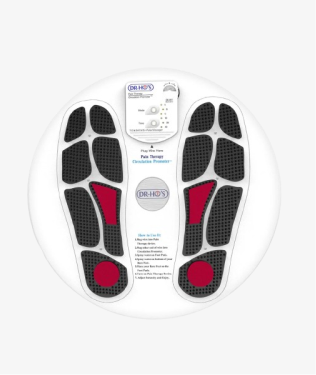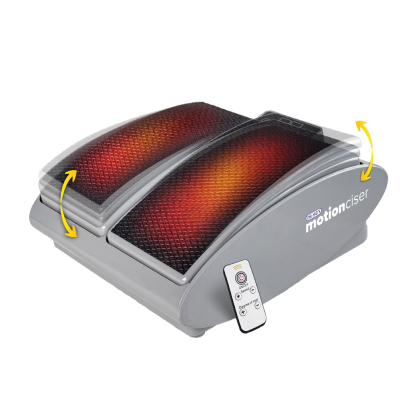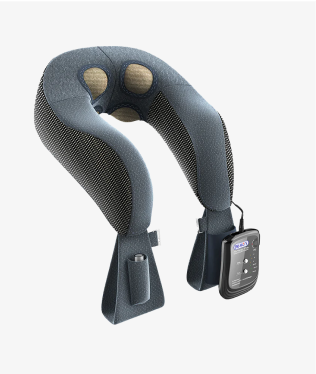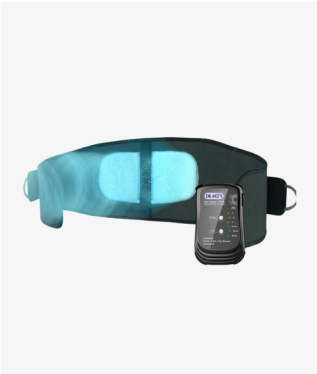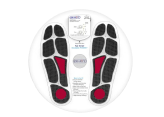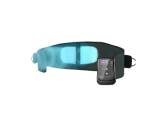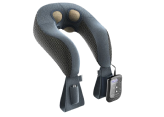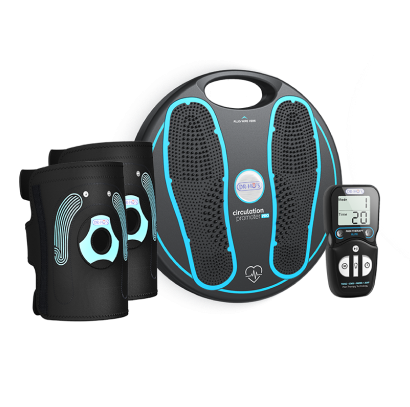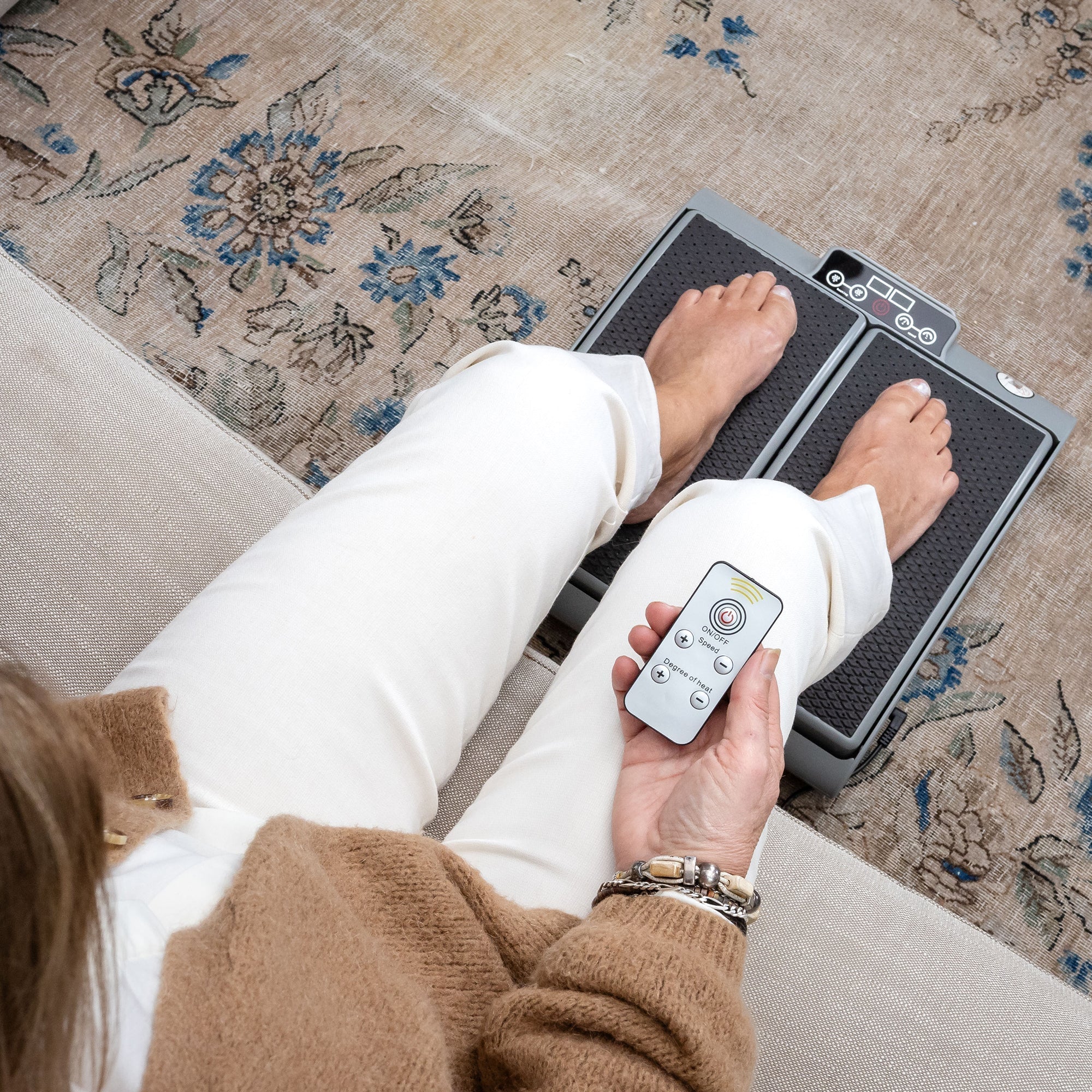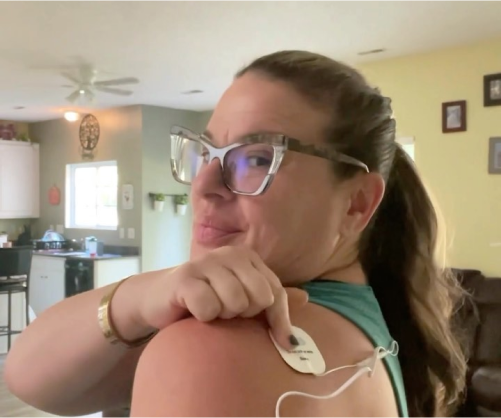Watch the New Video Below
5 Swaps to Decrease Sugar In Your Diet
Brett Mitsubata from Cube Your Food is here to help us reduce the added sugar from our diet. We explore Nature’s Emporium in Maple to identify easy ways we can swap out high-sugar food choices for healthier alternatives. You may discover that added sugar can be found in unexpected places. Watch the video for tips and tricks to reduce your sugar intake and live a healthier life.
Video Transcription:
Kathe: Hey, everyone. Welcome back to Dr-Ho’s Healthy Living vlog. We are joined by Brett Mitsubata from Cube Your Food. And we’re at the beautiful Nature’s Emporium in Maple again because we wanted to talk to you today about sugar. Now, Brett, some people out there have some myths about sugar. Can you maybe help explain the difference between the sugar in fruit and the added sugar in foods?
Brett: That’s one of the greatest myths out there. A lot of people I hear say, I don’t wanna have too much fruits because there’s so much sugar in it. But, yes, there is natural sugar in fruits and vegetables, but the greatest thing that Mother Nature’s provided us is with fiber that comes along with that sugar in the fruit. So what fiber does is slows down the rate of the absorption of the sugar in your bloodstream and slows down that insulin spike.
Kathe: Okay, so that’s good to know. Now, Brett, can we maybe take a walk around the store and you can show us some quick, easy substitutes to make in the foods we buy to help reduce the added sugar?
Brett: Yeah, that’d be great.
Kathe: All right, let’s get to it.
Kathe: Okay, Brett, so what are the dangers of sugar?
Brett: Well, the problem is, up to 80% of the products in the market today contain added sugar. So it’s hard to avoid it. Right, it’s–
Kathe: Right?
Brett: in everything. And especially in the dairy section. So one of the key things I tell people is to look for something that’s unsweetened.
Kathe: Okay. So this is an easy swap we can do. When we’re shopping, we just look for something that’s unsweetened or we look for something that has a little bit less added sugar.
Brett: Right, so you’re gonna look at the nutrition label and you wanna look at how much sugar is in it. But something that’s unsweetened or is not flavored is best, and especially with something like yogurt, you can take added fruit and add it in, and you get your sweetness and you get your fiber involved.
Kathe: Okay, so basically instead of, say, buying the flavored yogurt, buy the plain yogurt and then add that fruit you were talking about, so you get the fiber, as well.
Brett: Correct.
Kathe: All right. That’s a great tip. Thanks, Brett.
Brett: So, Kathe?
Kathe: Yes.
Brett: Barbecue season is around the corner.
Kathe: I love it.
Brett: Hot dogs, hamburgers.
(laughs)
Brett: But what goes with that, condiments. Ketchup, mustards, and relishes. And what most people don’t realize is that they’re full of sugar.
Kathe: Oh, that is a good point, Brett. So what should we be looking for when we’re buying the condiments for our food?
Brett: So what you want to look for which is going to be a reduction in sugar is organic ketchup, organic mustards, or organic relishes because, not only do they reduce it by a smaller amount of sugar, but it has a big effect at the end of the day.
Kathe: Okay, so we can still have all the things we love, we just need to make smarter choices when we’re buying them.
Brett: Right, that way we don’t feel as guilty having our hot dogs and hamburgers.
(laughs)
Kathe: So, Brett, the weather’s getting warmer.
Brett: It is.
Kathe: Patio season is upon us. But I feel like maybe some of the carbonated pops we drink, the sodas, the juices, might have some of that added sugar you were talking about.
Brett: Well, they are the number one offenders of added sugar.
Kathe: Oh, number one. (laughs)
Brett: Up to 10 cubes of sugar.
(sighs)
That’s either 10 teaspoons of sugar in one cup.
Kathe: Wow.
Brett: One thing you can do to swap the sugar out is to look at something like carbonated water with natural fruit flavoring in. Zero sugar with the carbonation.
Kathe: Okay.
Brett: So you feel like you’re still having that soda and a bit of flavor in it.
Kathe: Okay, so you’re getting your fizz fix without that 10 cubes of sugar added to the drink.
Brett: Exactly.
Kathe: That is an excellent swap suggestion.
Okay, Brett, I’m a carbs girl. Love my breads, love my pastas. Can you make some suggestions for me for when I’m shopping for these that might be like a smart swap sugar-wise?
Brett: Yep, so a lot of people do have these carb fixes that’s a good staple for breakfast and for sandwiches. But when you go to the grocery store, you also wanna look at the labeling of all breads because not all breads are created equal.
Kathe: All right.
Brett: Something like a Kamut or a whole wheat, 100% whole grain, organic breads. If you look at the label on the back, you will generally find that it has at least three to four grams less sugar in these breads.
Kathe: Okay, Brett, so we just talked about bread. Now we’re gonna talk about one of my favorite things to put on bread, peanut butter. What’s the difference between what I’d buy normally in the store and what you’ve got there?
Brett: When you look at regular peanut butter that’s on the store shelves, it tends to have four grams of sugar in it, which is not that much. But when you look at an organic peanut butter, such as this one, it only has one gram of sugar in it, which is coming from the peanut itself.
Kathe: Okay, Brett, so you have taught us all these amazing food swaps to help us get two to three grams of sugar less here, two to three grams less of sugar there. And I think that’s something we can all take away and definitely put into practice. But at the end of the day, what should we really be doing?
Brett: At the end of the day, after all those food swaps, the best way to avoid added sugar in your diet is of course, check out your produce section, get to the fruits and vegetables and fill your plate with more of those.
Kathe: All right. Well, Brett, thank you so much. Again, this is Brett Mitsubata from Cube Your Food. And thank you, again, to Nature’s Emporium in Maple for letting us shoot in their beautiful store. And we’ll see you guys next time. Bye.
Brett: Take care.


